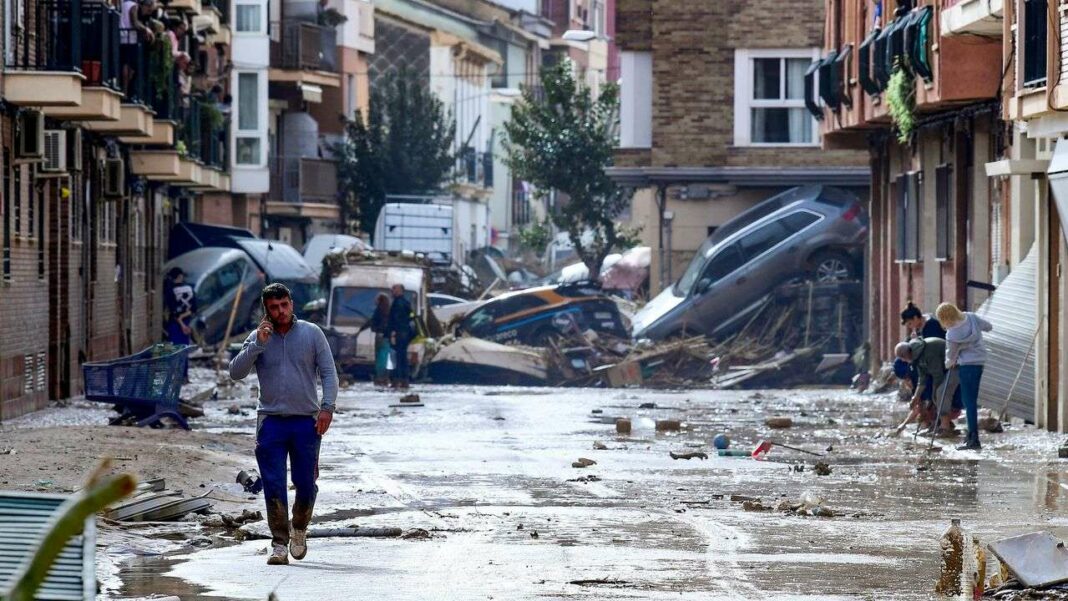Severe flooding in Paiporta near Valencia has resulted in around sixty confirmed deaths, with total fatalities rising to at least 217. Protests erupted during King Felipe VI and Queen Letizia’s visit, reflecting public dissatisfaction with the government’s response. Many remain missing, complicating victim identification efforts, which involve forensic teams and detailed reporting. Volunteers are assisting in locating missing persons, using online platforms and interactive maps, but hopes of finding survivors are dwindling as time passes.
‘What is the current death toll?’ The town of Paiporta, located in the vicinity of Valencia, has been severely impacted, with approximately sixty fatalities confirmed. During the visit of King Felipe VI and Queen Letizia, the royal couple faced protests, including boos and mud being thrown at them. Growing criticism is directed towards the Spanish government regarding their handling of this catastrophic event, with the latest reports indicating at least 217 deaths.
Authorities have repeatedly stated that the final casualty count may increase, as there are still many individuals unaccounted for, and numerous underground parking garages remain flooded and uninspected.
The initial surge in victim counts has since slowed, with regional officials reporting only seven additional deaths since Saturday, leading to speculation on social media that the actual numbers might be concealed by the authorities.
According to the mayor of Pedralba, three more deaths have been reported that have not yet been included in the provisional figures, as noted by the newspaper El País. This raises further questions about the current number of missing persons.
The Delicate Process of Victim Identification
The authorities have established an emergency hotline for those seeking information about missing loved ones. As reported by a leading Iberian daily, out of 5,000 inquiries, approximately 2,500 individuals remain unaccounted for. This number is expected to decrease in the coming days as more individuals manage to reach out to their families. However, ongoing issues with phone and internet services in certain areas have exacerbated feelings of distrust among the population, according to El País.
Currently, many of the unidentified bodies are submerged, trapped in vehicles, or buried under debris. The identification effort necessitates the mobilization of forensic teams dedicated to recovering bodies. Each deceased individual is assigned a color code, documented in a report. Fingerprints and biological samples are collected in case DNA testing is necessary for future identification, as stated by the Guardia Civil. This data is then compared with information provided by relatives of the missing.
Missing persons reports may contain physical descriptions, recent photographs, and details about any unique characteristics such as prosthetics, scars, or tattoos. Biological samples from close relatives are also gathered, and fingerprints are cross-referenced with police databases. All bodies that have undergone autopsies, regardless of whether they’ve been identified, are transferred from the initial reception area to Fira Valencia, where temporary morgues have been set up in response to the emergency.
Community Efforts to Assist Those Affected
In the absence of updates from authorities, many individuals are actively seeking information about their missing relatives. Volunteers are traveling to flood-affected areas to provide critical information to online platforms focused on locating missing persons. With the collected data, one user has even created an interactive Google Map, which lists names, ages, and other identifying details for those being sought. However, nearly a week after the disaster, the likelihood of finding survivors appears to be diminishing.
